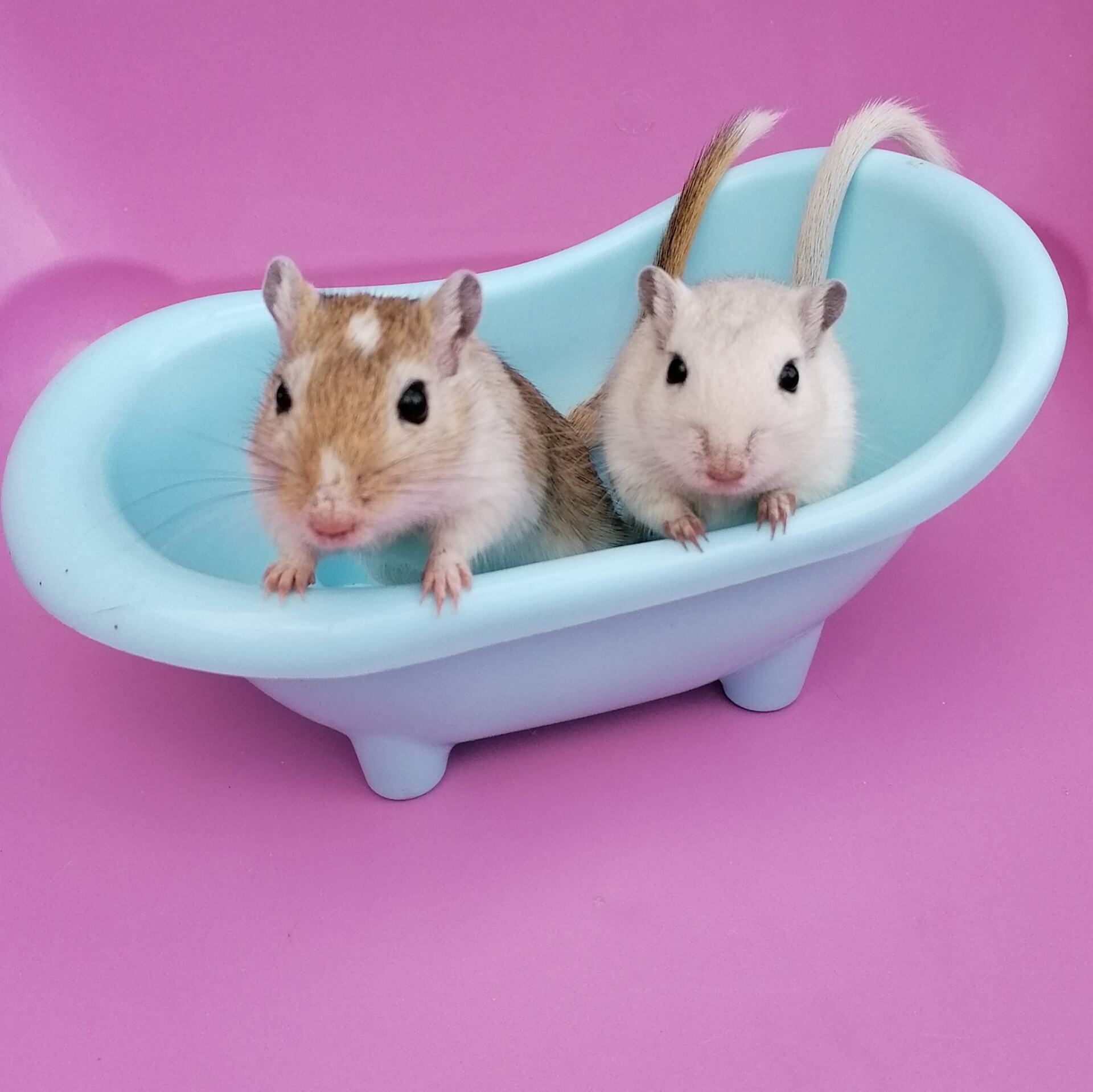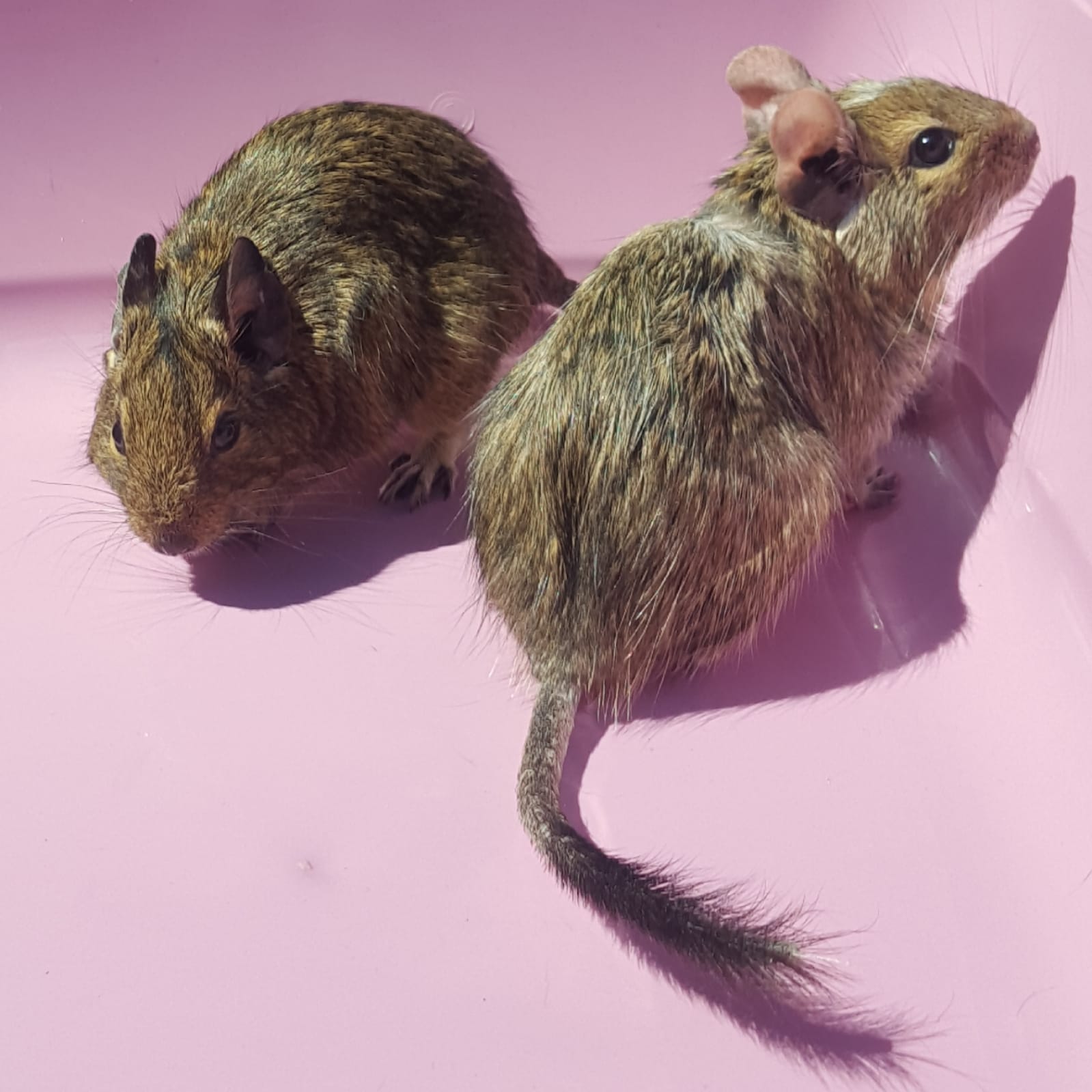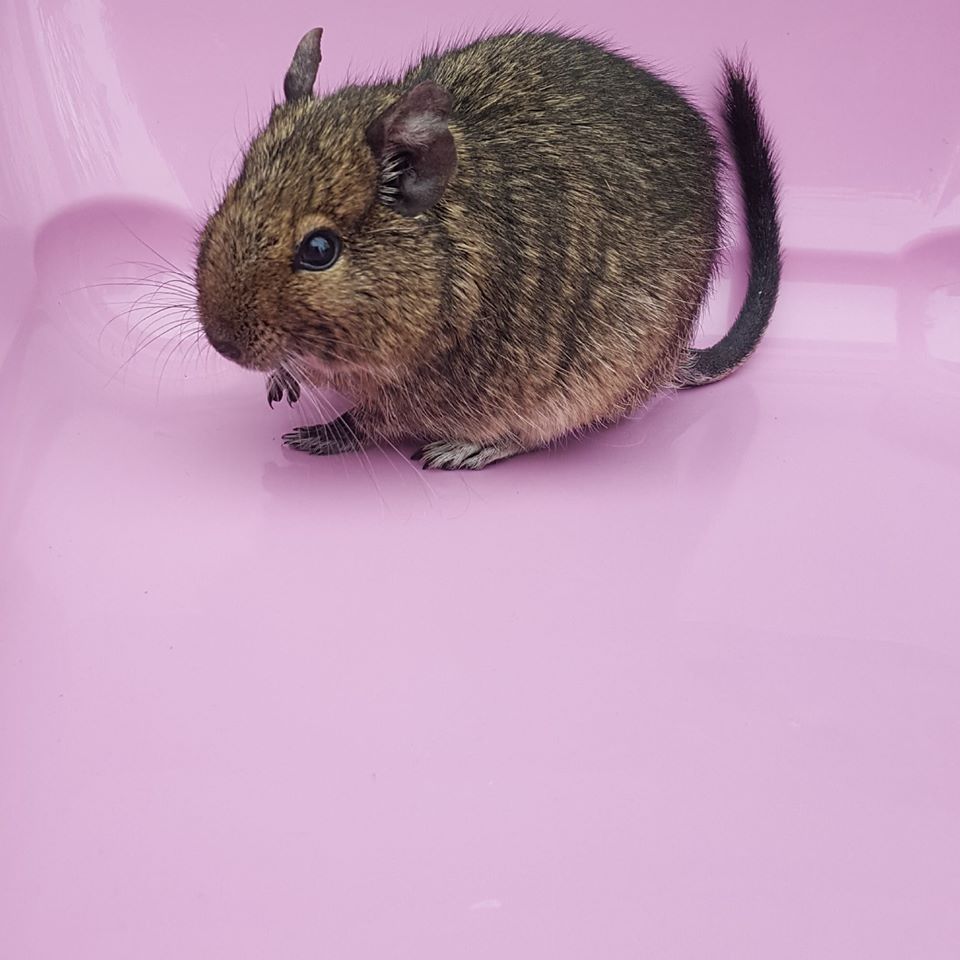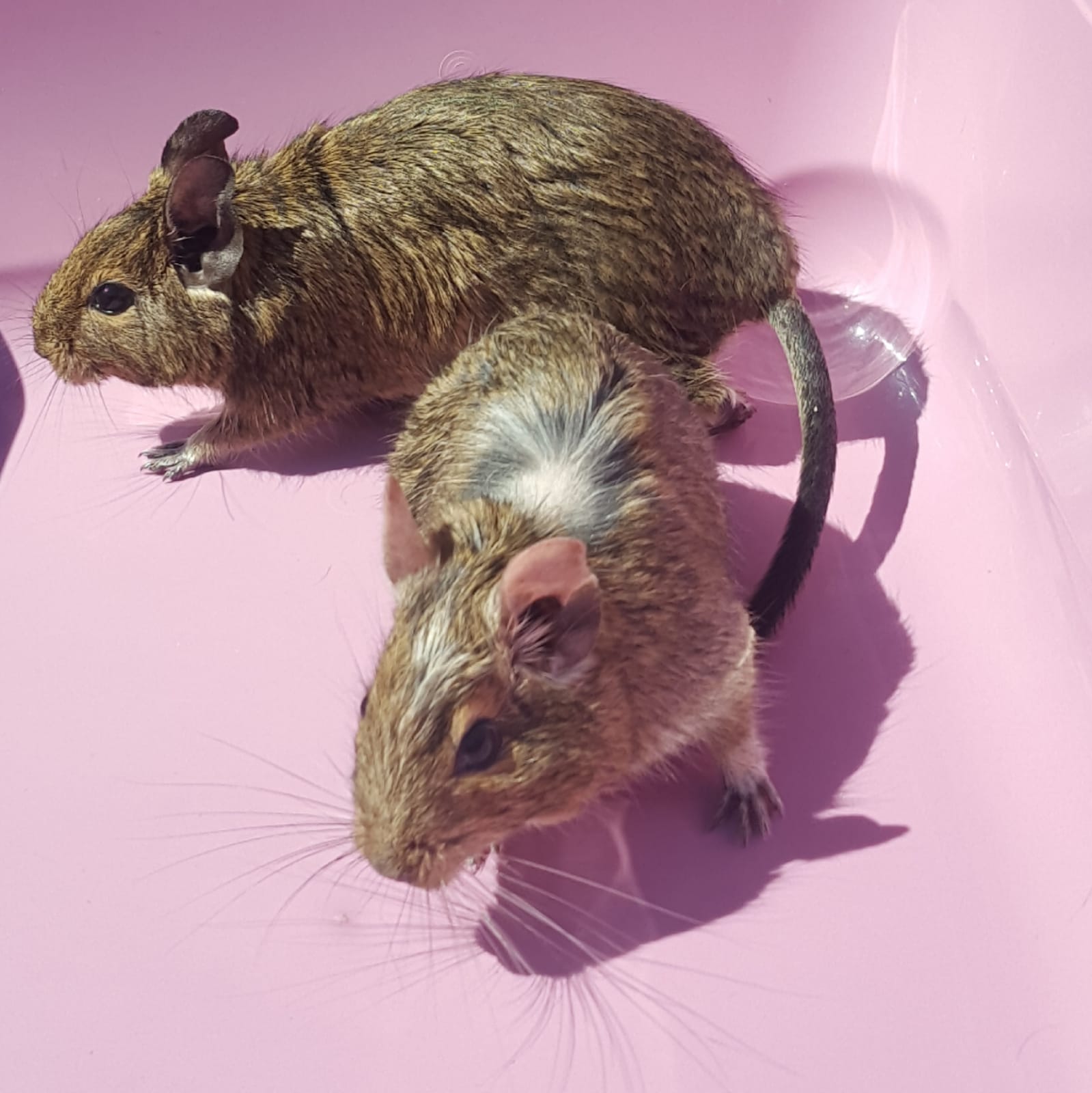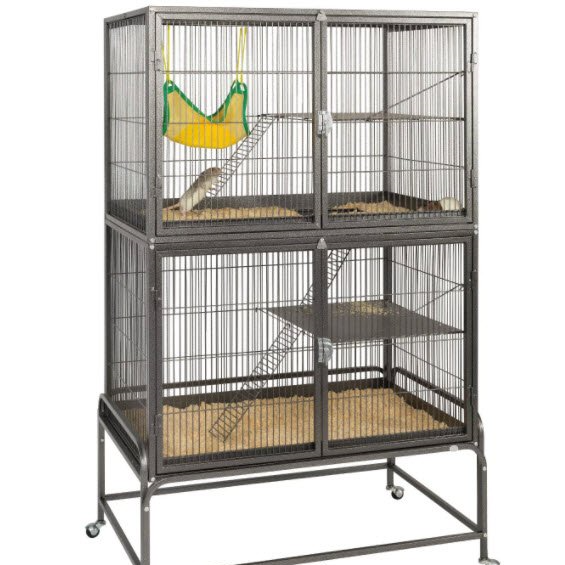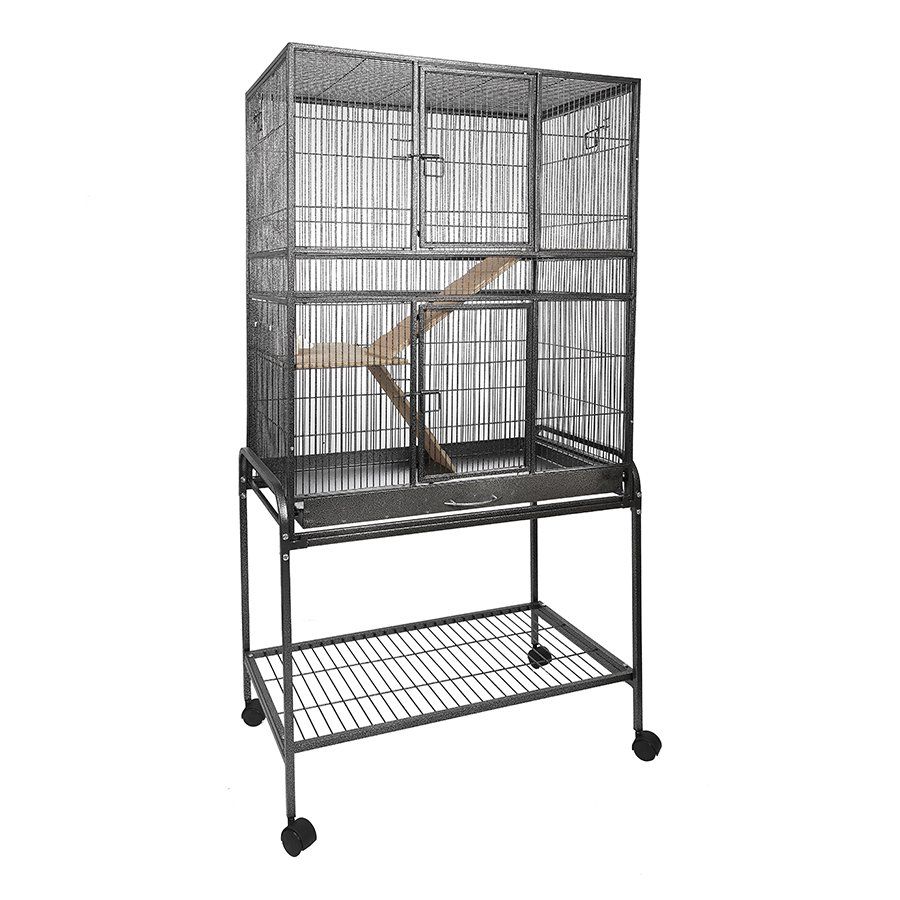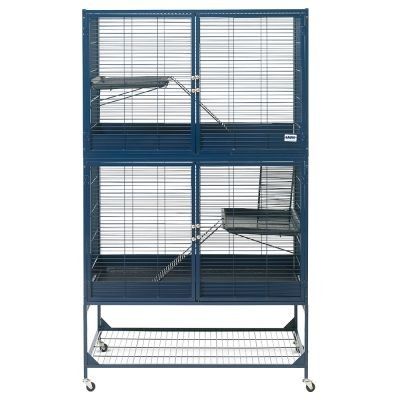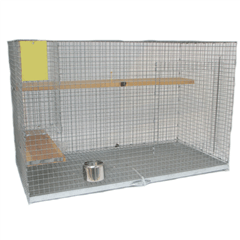Gerbil and Rodent Rescue
Degu care
General information
Degus are generally diurnal, meaning they are mostly active during the day. Most degus seem go be most active early in the morning and evening. However, some will be active at night.
In the wild, degus live in rocky areas where they can lookout, climb and hide. Housing should replicate this.
Degus have upper incisor teeth that continue to grow throughout their lives. They must be provided with wood to chew on, so they can keep their teeth from over growing.
Common health issues
Degus cannot digest or metabolise carbohydrates and sugars, so they are prone to diabetes. It is very important to research their diet.
They can also be prone to dental issues. However, if fed the right food, given plenty of fresh hay and wood to chew on, this should limit dental issues.
Lifespan
Degus live around 6-8 years.
